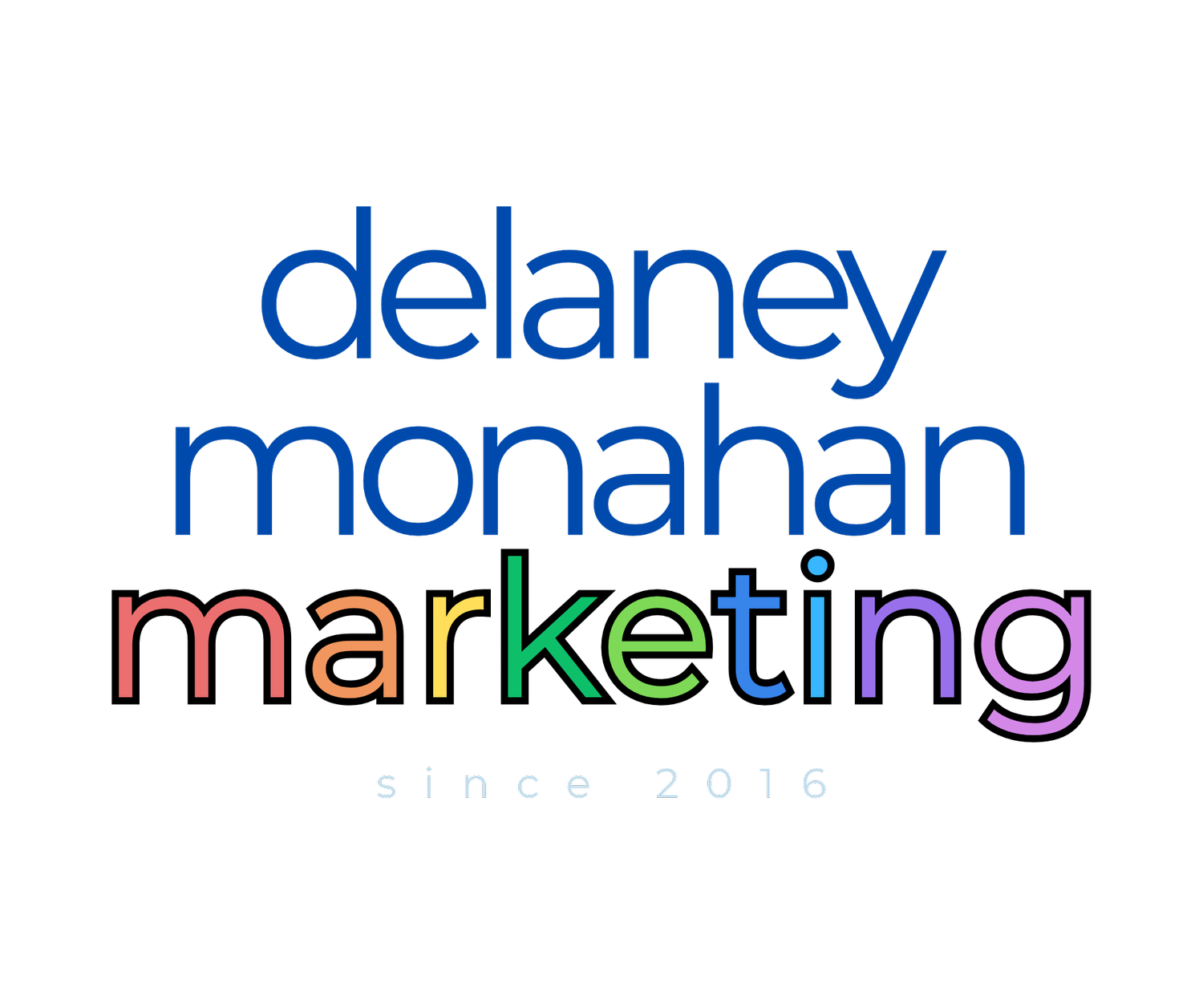How I Use ChatGPT to Brainstorm, Research, Write, and Proof
If you’re a marketer, strategist, small business owner, or nonprofit communicator, you’ve probably felt the pressure to constantly come up with fresh content. New campaigns, client emails, social posts, blog ideas, grant language—the list never ends.
Lately, I’ve been asked how I use tools like ChatGPT in my day-to-day work. So today, I’m breaking it down: how I use it (ethically and efficiently), when I don’t, and why it’s become a helpful part of my creative process.
Brainstorming with a Bounce Board
Some days, you just need to say, “I know the vibe I’m going for, but I don’t know how to get there.”
ChatGPT acts like a brainstorming partner who’s always available. I’ll toss in a prompt like:
“I need five ideas for Instagram posts for a wellness center offering stress management workshops.”
It’s not that the ideas are perfect—but they give me something to react to. They help me get unstuck. Sometimes I take one and run with it. Other times, it sparks a better version I hadn’t considered.
Quick, Focused Research
No, it’s not a replacement for deep research or expert insights. But ChatGPT is great for:
• Summarizing a concept so I can explain it clearly in a blog or social post
• Getting a quick list of statistics to verify elsewhere
• Reframing an idea from a different point of view
• Reviewing multiple angles on a topic
Used correctly, it can shorten the time between “what am I even talking about?” and “okay, I’m ready to write.”
Drafting (With Guardrails)
Sometimes I write drafts from scratch. Other times, I outline a structure and ask ChatGPT to help fill in blanks. My rule is: if it’s going to carry my name, it has to sound like me. So even if I ask it to draft something, I always revise, rewrite, and refine.
A prompt I might use:
“Write a professional but friendly email inviting nonprofit leaders to a free webinar on community engagement.”
Then I’ll edit that draft until it feels aligned with the voice, audience, and goals. ChatGPT gives me a faster starting point—but it doesn’t do the finishing.
Proofreading and Polishing
You know when you’ve looked at a sentence too many times and can’t tell if it sounds right anymore? I’ll paste in the paragraph and ask:
“Can you suggest a clearer way to say this?”
It’s not about being lazy—it’s about getting out of my own head. A tool like this offers perspective when I need it most.
Final Thought
If you’ve been hesitant to try it, that’s okay. You don’t have to be an “AI person” to benefit from tools that support your creativity and save you time.
If you’re already using ChatGPT, I’d love to hear how it’s working for you—what’s been helpful, what hasn’t, and what you’ve learned along the way.


